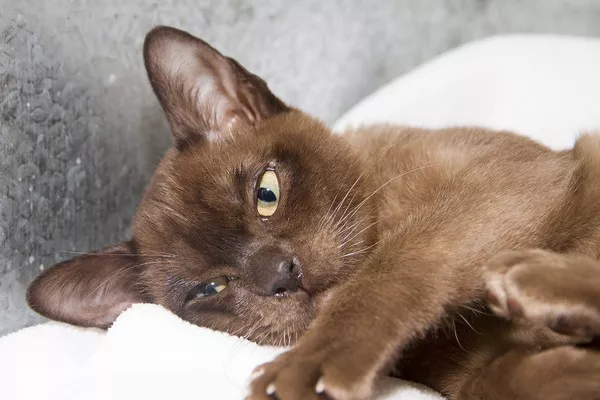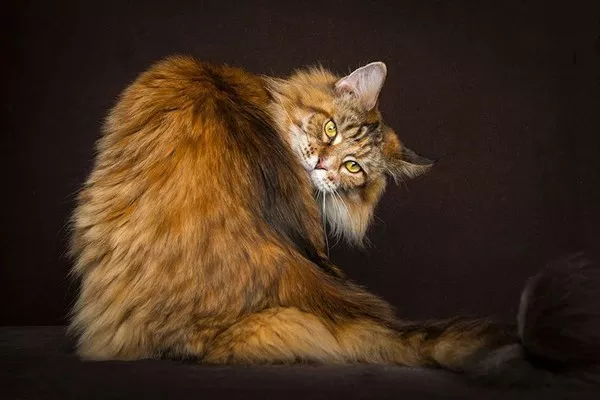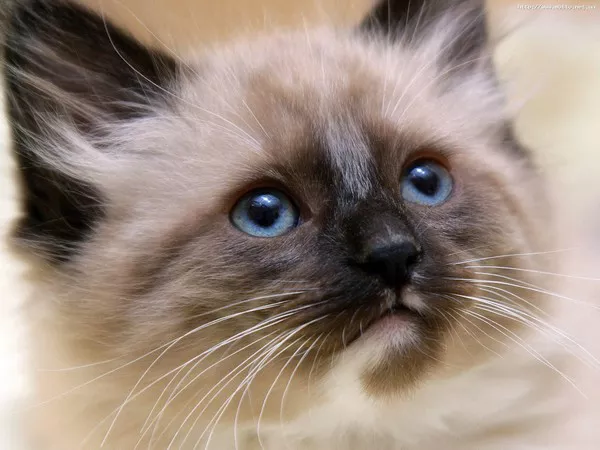The Burmese cat, known for its affectionate nature and captivating appearance, has charmed its way into the hearts of cat enthusiasts worldwide. As individuals consider bringing a Burmese cat into their homes, questions often arise about their potential to become proud parents of adorable kittens. In this article, we’ll explore the factors that influence the litter size of Burmese cats, delve into the average number of kittens they can have, and offer insights for breeders and cat owners alike.
Unveiling the Burmese Cat Breed
1. Historical Origins
Originating from Burma (now Myanmar), the Burmese cat is a breed steeped in history and cultural significance. Its warm personality and striking appearance have earned it a special place in the feline world.
2. Unique Characteristics
Burmese cats are known for their round faces, expressive eyes, and short, glossy coats. Their friendly and affectionate demeanor makes them beloved companions in households around the globe.
Factors Influencing Litter Size
1. Genetic Heritage
The genetic makeup of Burmese cats significantly influences their litter size. Breeding pairs with larger or smaller litters in their ancestry can impact the number of kittens in a litter.
2. Health and Nutrition
Maintaining the overall health and well-being of the Burmese cat is paramount in determining their reproductive capacity. Adequate nutrition and regular veterinary care contribute to healthy breeding.
3. Breeding Practices
Breeders play a pivotal role in guiding the reproductive process. Careful selection of breeding pairs, timing, and optimal living conditions all contribute to the potential litter size of Burmese cats.
The Average Litter Size of Burmese Cats
1. Variability
The litter size of Burmese cats can vary from one individual to another. While some may have smaller litters, others may give birth to larger litters.
2. Common Range
On average, Burmese cats tend to have litters ranging from 3 to 4 kittens. This range is influenced by genetics, health, and breeding practices.
Considerations for Breeders
1. Responsible Breeding
Breeders hold the responsibility of maintaining the health and vitality of the Burmese breed. Ethical breeding practices ensure the welfare of both the mother and her potential kittens.
2. Prenatal Care
Providing proper prenatal care to pregnant Burmese cats is essential. Regular veterinary visits and monitoring contribute to successful pregnancies and healthy litters.
Preparing for Kitten Care
1. Resource Allocation
Breeders and potential pet owners should be prepared to provide ample resources and space to accommodate both the mother and her kittens during the postnatal period.
2. Socialization and Interaction
Kittens benefit from early socialization and interaction. Handling and exposing them to various stimuli in a safe environment contribute to their well-rounded development.
Expert Insights
1. Expert Opinions
Dr. Sarah Smith, a renowned veterinarian specializing in feline health, notes, “The litter size of Burmese cats can vary due to genetic factors, health considerations, and responsible breeding practices. Regular veterinary care and attentive monitoring are essential.”
2. Breed Associations
Breed associations dedicated to Burmese cats often provide valuable guidance and resources to breeders and cat owners, enhancing the breed’s well-being.
Conclusion
In conclusion, the litter size of Burmese cats is influenced by a combination of genetic traits, health status, and responsible breeding practices. While the average litter size ranges from 3 to 4 kittens, individual variations are common. Responsible breeding, health maintenance, and attentive care contribute to the well-being of both the mother and her potential kittens. Whether you are a breeder or a prospective pet owner, understanding the factors that influence litter size enhances your appreciation for the breed and your ability to provide the best care possible. As the Burmese cat continues to enchant cat lovers with its charm, responsible breeding and pet ownership practices uphold the breed’s legacy of affection and companionship.


























